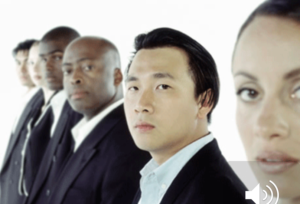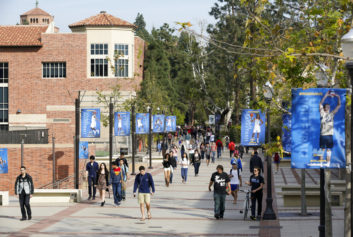
But late Wednesday, Justice Department officials denied it would pursue this controversial course of action, and claimed its inquiry was limited to only one complaint. Justice Department spokeswoman Sarah Isgur Flores told the AP that the job ad referred to a single 2015 complaint filed by a group of Asian-American organizations that had sued Harvard University and other Ivy League schools for discriminating against high-performing Asian-American students in admissions.
Many civil rights groups are skeptical of the Justice department’s denial, conservative Attorney General Jeff Sessions has a history of anti-Black bias that once cost him a judgeship for allegedly using a racial slur. In a statement Sherrilyn Ifill, president and director-counsel of the NAACP Legal Defense and Educational Fund, Inc., stated “Affirmative action is rooted in our nation’s fundamental commitment to equality, a commitment this Administration woefully lacks and has expressed hostility towards.” Others point out that if the Trump administration is anything like George W. Bush’s administration, there’s little reason to believe his cabinet will actually direct the Justice Department to fight for civil rights for people of color. Spokeswoman Flores said the agency “is committed to protecting all Americans from all forms of illegal race-based discrimination.” But if Trump’s ideas on immigration, police misconduct and the wrongfully convicted are any indication, it’s unlikely that “all Americans” includes the marginalized Black and brown people who desperately need affirmative action just to get their foot in the door.
Flores specified that the Justice Department had no intentions of conducting a broad investigation into the nation’s affirmative action policies. But by the time Flores explained the Justice Department’s plans, the New York Times report had already renewed a national dialogue about affirmative action that dates back to the 1960s, when the term “affirmative action” was coined in 1961 and when President Lyndon Johnson issued Executive Order 11246 in 1965 requiring federal contractors to use affirmative action to diversify the workforce.
Arguably, the biggest misconception about affirmative action is that whites don’t benefit from it. But white women, and by extension their largely white husbands and sons, do benefit from diversity policies. In 2006, Columbia University law professor Kimberlé Crenshaw pointed out in the University of Michigan Law Review that white women are affirmative action’s primary beneficiaries in the area of employment.
There’s also the idea that whites stand to benefit the most if affirmative action is eliminated. But in the late 1990s, when California, Florida and Texas barred the use of race as factor in college admissions (Texas’ ban was reversed in 2003 and later challenged again), the number of Asian-Americans in these institutions rose, while the number of whites declined. At the University of California, San Diego, first-year white students dropped from 56.9 percent in 1990 to 33.3 percent in 2005, researchers found. (California banned affirmative action in 1996.) Demographic shifts mean that universities across the nation, with and without affirmative policies, are growing more diverse.
“For those who campaigned for the elimination of affirmative action in the belief that it would advantage the admission of white students, the trend … can hardly be satisfying,” the researchers said.
Affirmative action foes also overlook the fact that in the job market, black workers receive more scrutiny than their white colleagues and are more likely to be fired from their jobs for making the same kinds of mistakes that white employees do, according to the National Bureau of Economic Research. This finding is just one of many reasons that affirmative action is needed to level an uneven playing field. But another finding concerns Abigail Fisher, the Texas student who sued the University of Texas at Austin, the state’s flagship public university, for not admitting her in 2008. In a case that went before the U.S. Supreme Court last year, Fisher argued that students of color had edged her out of a slot at the competitive campus. But it turned out that UT Austin also rejected 168 Black and Latino students with better scores than Fisher. The Supreme Court upheld UT Austin’s holistic admissions policy.
For now, there appears to be a wait and see attitude as to what next for the Trump administration on a broader attack on affirmative action policies, but that doesn’t mean supporters of the practice should breathe a sigh relief. The Obama administration made a concerted effort to strengthen the Justice Department, hiring attorneys with experience fighting for civil rights. The first Black president’s approach to the department differed markedly from George W. Bush’s administration. According to the New York Times, “its overseers violated Civil Service hiring laws … by filling its career ranks with conservatives who often had scant experience in civil rights law. At the same time, it brought fewer cases alleging systematic discrimination against minorities and more alleging reverse discrimination against whites, like a 2006 lawsuit forcing Southern Illinois University to stop reserving certain fellowship programs for women or members of underrepresented racial groups.” With a shift back to a right-wing agenda under the Trump administration, it seems only a matter of time before affirmative action becomes the next target in undoing the priorities of the Obama administration.


